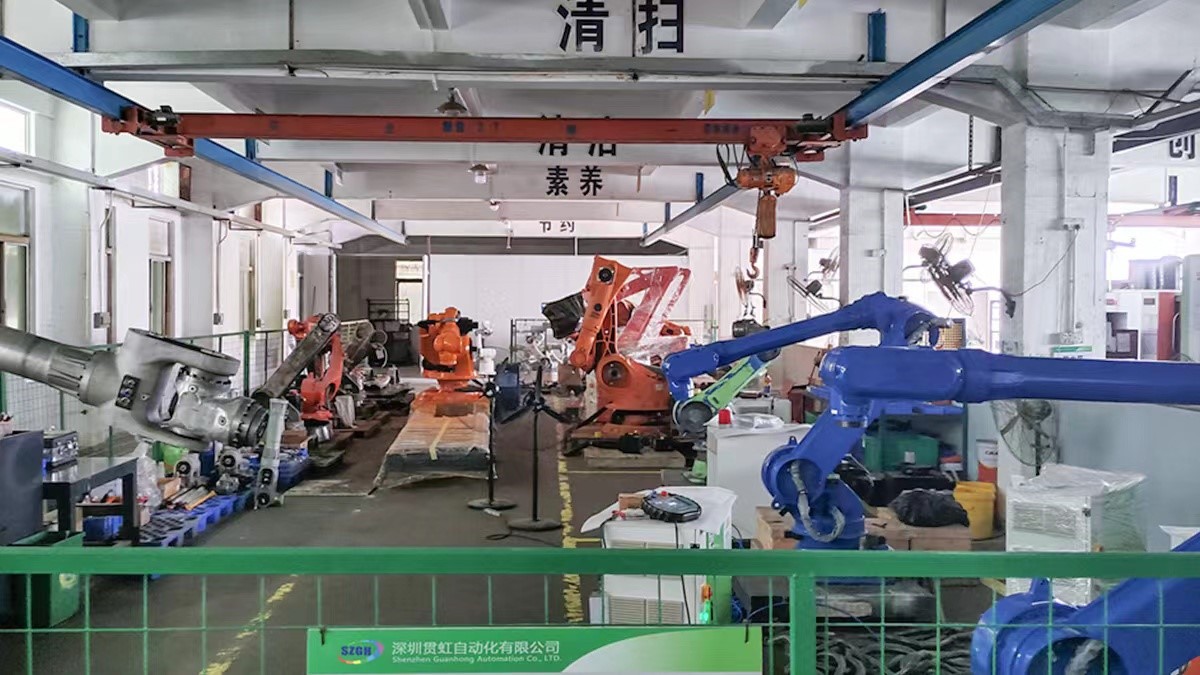Robot technology has the potential to greatly improve safety and health in various industries by reducing human exposure to hazardous and dangerous tasks, minimizing the risk of accidents and injuries, and improving overall workplace safety. Here are some ways in which robot technology can contribute to safety and health improvements:
1) Hazardous task automation: Robots can be used to automate tasks that are hazardous or dangerous for human workers, such as handling toxic chemicals, working in extreme temperatures, or performing tasks in confined spaces. By replacing human workers with robots in these hazardous environments, the risk of accidents, injuries, and exposure to harmful substances can be significantly reduced.
2) Precision and accuracy: Industrial robots are capable of performing tasks with high precision and accuracy, which can reduce the risk of errors that could lead to safety incidents or quality issues. For example, in industries such as automotive manufacturing, aerospace, and electronics, where precision is critical, robots can perform tasks such as welding, cutting, and assembly with high accuracy, eliminating human errors that could result in safety risks or product defects.
3) Collaborative robots (cobots): Collaborative robots, or cobots, are designed to work safely alongside human workers without the need for physical barriers or safety cages. Cobots are equipped with sensors and safety features that allow them to detect the presence of humans and react accordingly, such as slowing down or stopping their movements to avoid collisions. Cobots can be used in tasks that require close collaboration between humans and robots, such as assembly, inspection, and packaging, improving safety and reducing the risk of accidents.
4) Remote operation and telepresence: Robots can be operated remotely from a safe location, reducing the need for human workers to be physically present in hazardous or remote environments. For example, robots can be used in remote inspection of oil and gas pipelines, nuclear power plants, or other hazardous environments, allowing human workers to monitor and control the robots from a safe location, minimizing exposure to risks.
5) Ergonomics and repetitive tasks: Robots can take over repetitive and physically demanding tasks that can cause musculoskeletal injuries or fatigue in human workers. For example, in industries such as manufacturing, logistics, and warehousing, where workers may need to lift heavy objects, perform repetitive motions, or work in awkward postures, robots can help reduce the risk of injuries and improve ergonomics by taking over these tasks.
6) Real-time monitoring and predictive maintenance: Robots can be equipped with sensors and monitoring systems that provide real-time data on their performance, health, and condition. This data can be used for predictive maintenance, allowing proactive repairs or replacements of robot components before they fail, reducing the risk of unexpected breakdowns and associated safety risks.
7) Training and simulation: Robots can be used in virtual training and simulation environments to train workers on how to operate robots safely and efficiently. This allows workers to gain experience and develop skills in a controlled environment without exposing them to real-world risks.
8) Safety features and standards: Industrial robots are equipped with various safety features, such as emergency stop buttons, safety interlocks, and protective covers, to ensure safe operation. There are also international safety standards, such as ISO 10218 for industrial robots and ISO/TS 15066 for collaborative robots, that provide guidelines for the safe use of robots in different applications.

Overall, robot technology has the potential to significantly improve safety and health in various industries by reducing human exposure to hazards, improving precision and accuracy, enabling remote operation, enhancing ergonomics, providing real-time monitoring, facilitating training and simulation, and complying with safety standards. Proper design, implementation, and operation of robot systems, along with appropriate safety measures and training for workers, are crucial to ensuring safe and healthy work environments.

